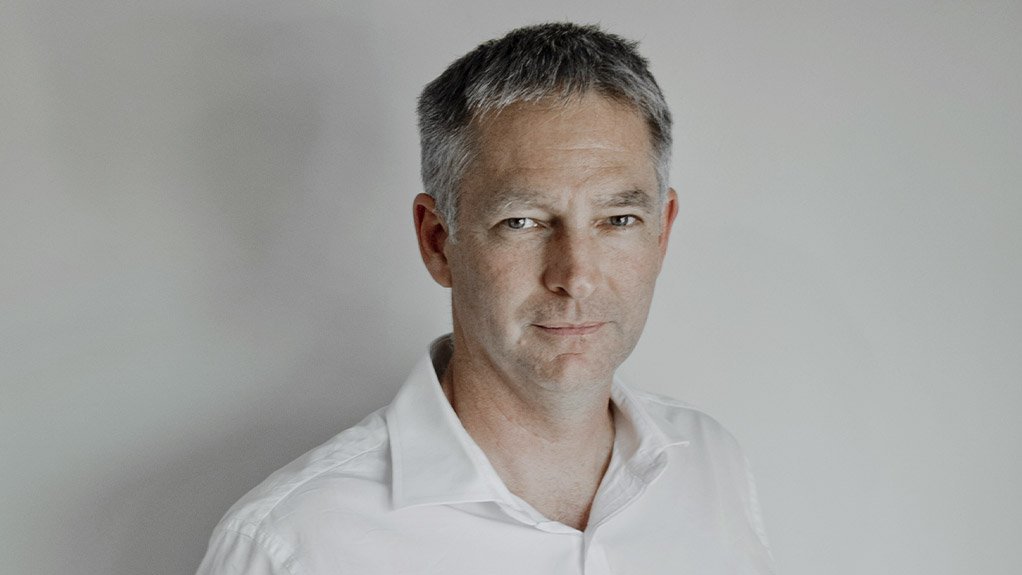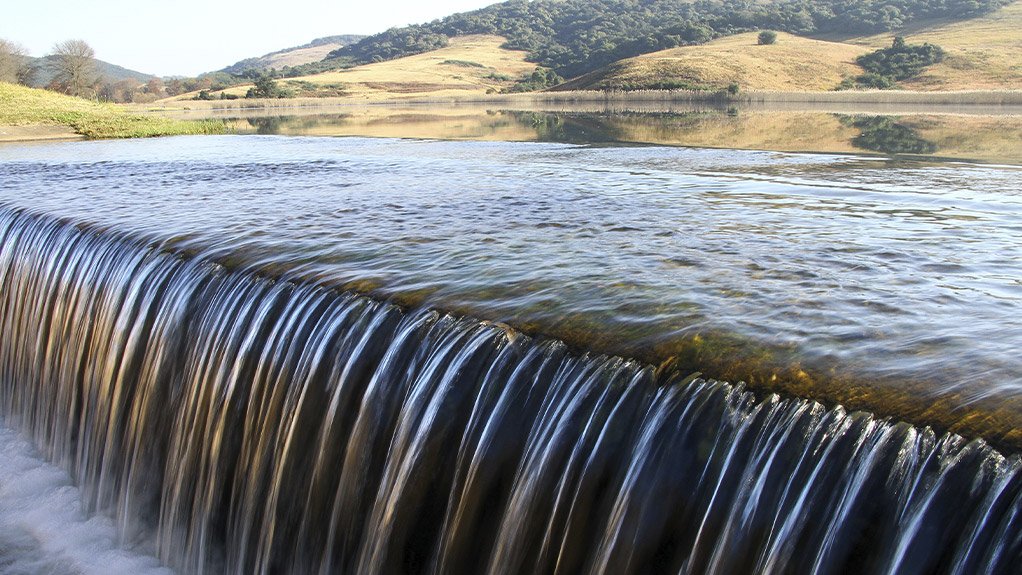Carl Haycock, CEO of sustainable industrial water solutions company Talbot, reveals why a parched world should look south for solutions
The global water crisis that experts have been forecasting for years has arrived as some of the most verdant parts of the world now find themselves gasping for water.
Climate-driven drought conditions, exacerbated by record temperatures, have swept across 60% of Europe and the UK. We’re hearing about municipalities in France running out of water, potato crops in jeopardy on the Emerald Isle, and the Franco-German stretch of the Rhine dropping so low it has become impassable to large commercial vessels.
In the US, the south-western part of the country is in something called a megadrought – the worst drought in a thousand years – while in the east, water scarcity in China has slammed anchors on shipping, affected hydropower and forced major companies to suspend operations.
When a drought has ended, we’re quick to forget; unfortunately, though, there will be more to come.
When water isn’t a constant
South Africa and other historically water-scarce countries have undergone development in the context of water stress. This likely makes them better equipped to deal with the situation than other parts of the world where water has, until now, been taken for granted.
Here, water shortages, high tariffs and inadequate or crumbling infrastructure, have long forced major industries to get their proverbial ducks in a row by reducing their reliance on external water sources.
They understand the threat that water – or rather the lack of it – has on lost production and that reducing their consumption, recycling, and reusing whatever they can is key.
For decades, Talbot has worked with companies to assess their water risks and develop climate and population-based strategies that factor in the financial outcomes.
Talbot conducts deep dives into process optimisation and uses digital tools and data-driven analytics to assess losses and wastage. It identifiesbehaviour-based inefficiencies and, most importantly, create opportunities to recover water that can be returned to the cycle.
Value is absolute
When considering the total cost of disruptions in water supply, the feasibility of technical solutions is not as far-fetched as one might think and, considering current circumstances, the value is absolute.
Proven water recovery technologies are available across applications, from mining and breweries to fertiliser production and meat processing.
Mines, for instance, are treating decant or fissure water to potable quality using a range of technologies – for their own use and for use by water-stressed host communities.
Water from breweries and other manufacturers that generate organic waste are using anaerobic digestion and membrane bioreactors to not only recover treated wastewater but generate their own biogas, in some cases enough to meet up to 80% of their energy needs.
In other examples, reclaiming product from wastewater is the primary driver with water recovery being an associated but secondary benefit.
Payback on these kinds of investments can be as little as a year. They make considerable progress towards corporate sustainability targets – some of which aim to slash water consumption by as much as 30% by 2030. In addition, producers save on the cost of water and municipal wastewater treatment.
For the first time, power supply disruptions in Spain and other parts of Europe make loadshedding a reality that extends well beyond Africa. The same applies with watershedding, which is far more serious because – unlike energy – you can’t just generate water.
Opportunities for organisations to add water to the grid, offset their water-use and ‘trade’ excess water are on the not too distant horizon, and the bottom line is that if companies want to secure their future, the time to start is now.
Comments
Press Office
Announcements
What's On
Subscribe to improve your user experience...
Option 1 (equivalent of R125 a month):
Receive a weekly copy of Creamer Media's Engineering News & Mining Weekly magazine
(print copy for those in South Africa and e-magazine for those outside of South Africa)
Receive daily email newsletters
Access to full search results
Access archive of magazine back copies
Access to Projects in Progress
Access to ONE Research Report of your choice in PDF format
Option 2 (equivalent of R375 a month):
All benefits from Option 1
PLUS
Access to Creamer Media's Research Channel Africa for ALL Research Reports, in PDF format, on various industrial and mining sectors
including Electricity; Water; Energy Transition; Hydrogen; Roads, Rail and Ports; Coal; Gold; Platinum; Battery Metals; etc.
Already a subscriber?
Forgotten your password?
Receive weekly copy of Creamer Media's Engineering News & Mining Weekly magazine (print copy for those in South Africa and e-magazine for those outside of South Africa)
➕
Recieve daily email newsletters
➕
Access to full search results
➕
Access archive of magazine back copies
➕
Access to Projects in Progress
➕
Access to ONE Research Report of your choice in PDF format
RESEARCH CHANNEL AFRICA
R4500 (equivalent of R375 a month)
SUBSCRIBEAll benefits from Option 1
➕
Access to Creamer Media's Research Channel Africa for ALL Research Reports on various industrial and mining sectors, in PDF format, including on:
Electricity
➕
Water
➕
Energy Transition
➕
Hydrogen
➕
Roads, Rail and Ports
➕
Coal
➕
Gold
➕
Platinum
➕
Battery Metals
➕
etc.
Receive all benefits from Option 1 or Option 2 delivered to numerous people at your company
➕
Multiple User names and Passwords for simultaneous log-ins
➕
Intranet integration access to all in your organisation





















